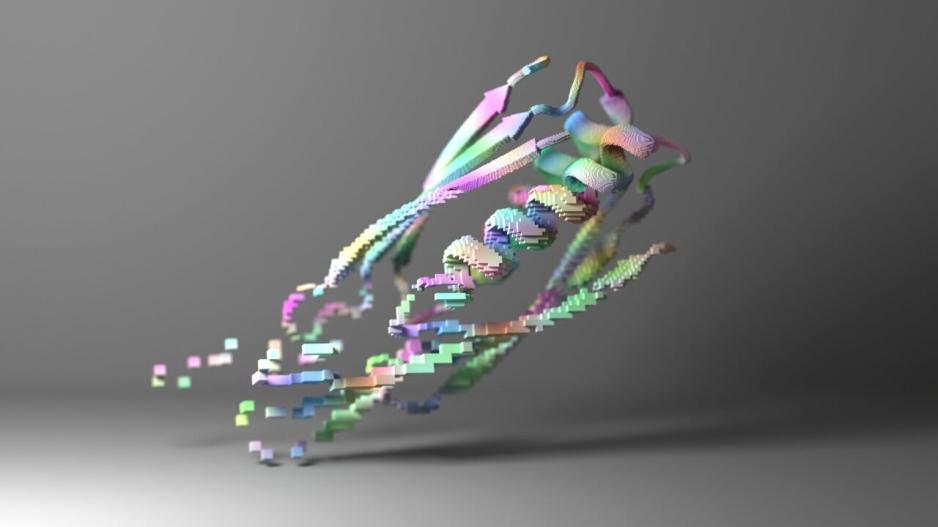AI Tool AlphaFold Unveils Critical Proteins in Fertilization Process
Nobel-Winning AI Reveals New Insights into the Molecular Interactions Between Sperm and Egg
An artificial intelligence tool, AlphaFold, which recently won a Nobel Prize in Chemistry, has revealed previously unknown details about the molecular interactions between sperm and egg during fertilization. AlphaFold, a program that predicts protein structures, identified a trio of proteins that work together as key mediators between gametes. Without these proteins, sexual reproduction could face challenges across a wide range of species, from fish to mammals.
This discovery, published in Cell 1, contradicts previous beliefs that only two proteins—one on the egg and one on the sperm—were sufficient for fertilization.
Despite its vital role in reproduction, the molecular process through which sperm and egg cells fuse in vertebrates has long been a challenging puzzle for scientists. These interactions involve membrane proteins that are difficult to study with standard biochemical methods. The proteins’ interactions are often weak and fleeting, and collecting viable sperm and eggs from common lab animals, like mice, for extensive experiments has proven difficult.
Early studies of reproductive biology focused on marine invertebrates, which release abundant eggs and sperm into the water. "If you open a textbook on fertilization, you’ll read all about sea urchins. It’s tough research," says Gavin Wright, a biochemist at the University of York, who was not involved in the study.
To overcome these challenges, Andrea Pauli, a molecular biologist at the Research Institute of Molecular Pathology in Vienna, and her team turned to the tropical zebrafish, a vertebrate that also releases its eggs and sperm into the water. To sidestep the difficulties of working with membrane proteins in the lab, they used AlphaFold to predict interactions between these proteins.
AlphaFold predicted that three sperm proteins come together to form a complex. Two of these proteins were already known to be important for fertility. The researchers confirmed that the third protein is also critical for fertility in both zebrafish and mice. The team demonstrated that the three proteins interact in zebrafish and human sperm.
They also discovered that this trio in zebrafish creates a binding site for an egg protein called Bouncer, providing a mechanism through which the two cells can recognize each other. "It’s a way to say, 'Sperm, you’ve found an egg,' and 'Egg, you’ve found a sperm,'" says Andreas Blaha, a biochemist and member of the research team at the Research Institute of Molecular Pathology.
"This finding could one day help diagnose infertility in humans by identifying whether issues with this protein complex are the cause," adds Gavin Wright.






